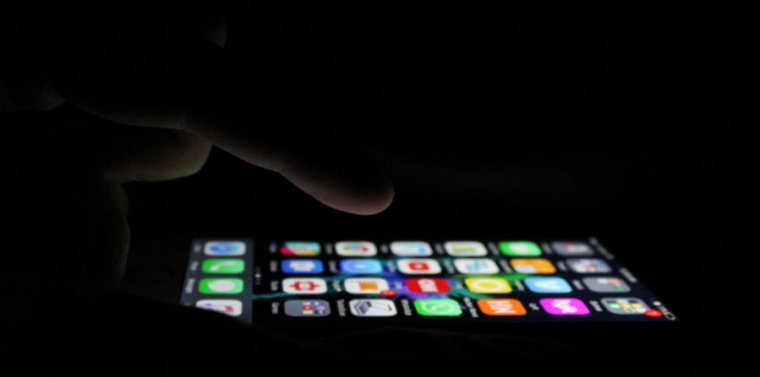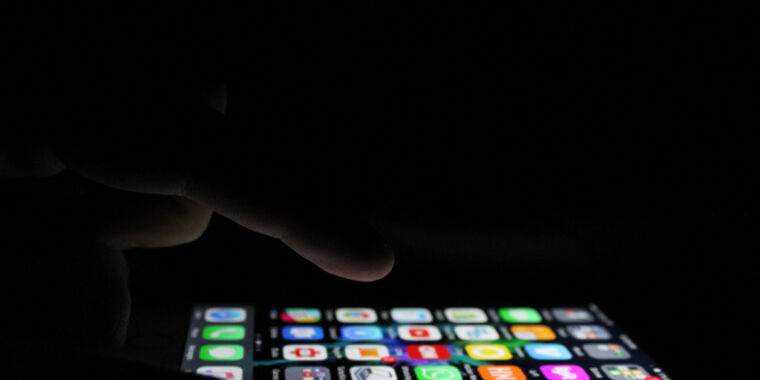
Last month, an email sent by Apple to many app and game developers led to confusion and frustration about the role in the App Store of apps that aren’t intended to be long-term services. Now Apple has published a news release targeted at developers to clarify the confusion and soften the frustration.
The initial email warned recipients that their apps would face removal from the App Store because they had not been updated in a “significant amount of time.” The email told each developer they would have to submit an update for their affected app or apps within 30 days to avoid removal. A related support document clarified that submitting an update after 30 days could lead to a removed app being reinstated.
Developers took to Twitter and other online platforms, claiming that many of the apps in question still work perfectly on modern hardware and should be seen as completed works rather than ongoing services with continual updates. Some also found examples of apps that have not been updated in many years that have apparently not faced removal, suggesting that Apple was inconsistent in how it applies the policy.
Apple’s new update, which was published on its developer support website on Friday, clarifies that the emails that went out in April are part of an ongoing process that was announced and began back in 2016. The process has led to the removal of “almost 2.8 million apps.”
In the emails to developers that surfaced last month, Apple said it would pull apps that had not been updated in a “significant amount of time”—a vague statement that led to the usual developer complaint that Apple’s rules appear opaque at best, or arbitrary and capricious at worst. Apple’s new press release pulls back the curtain on that policy, at least a little bit. For Apple’s purposes, it turns out that a “significant amount of time” specifically means three years.
Apple also indirectly answered another common developer complaint—Apple appears to apply the rules inconsistently given that some apps haven’t faced removal despite not being updated in ages—by stating that the length of time since the last update is not the only factor. How often an app has been downloaded over the past year also plays into removal decisions.
So the targeted apps last month were not only apps that had not been updated in the past three years, but were also apps that had “not been downloaded at all or extremely few times during a rolling 12 month period.”
Finally, the news release announces a new time frame for developers to respond to these emails. Previously, Apple said that developers had to update their apps within 30 days to stay listed. The time frame is now 90 days. Apple encourages developers to appeal in some cases—ostensibly if they believe their app is a special case.
When this effort to clean up outdated apps was first announced in 2016, Apple claimed the action was driven by a desire to make search more useful and remove apps that don’t function properly on modern hardware and operating system releases.
Friday’s news release reiterates some of that and ensures all apps follow the latest, ever-evolving security and privacy rules.
The extension from 30 days to 90 days will make small devs’ lives a bit easier. Still, Apple’s clarifications don’t do much to address indies’ fundamental concern: An app shouldn’t have to be continually updated, or even popular, to be preserved and remain accessible for years to come.








